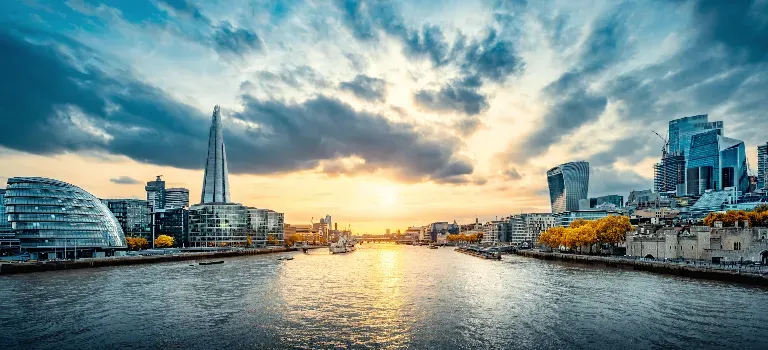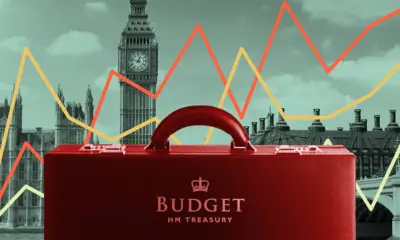Business
London Property Market Trends as Demand Shifts in 2025

London’s property market is entering a new phase as shifting economic conditions, evolving buyer preferences and global uncertainties reshape demand. After years of rapid growth followed by periods of cooling, 2025 brings a more balanced but complex environment. Buyers are reassessing priorities based on affordability, lifestyle changes and remote work patterns, while investors are evaluating long term returns amid higher financing costs. London remains one of the most desirable real estate markets in the world, yet its dynamics are clearly moving in a new direction.
The growing appeal of suburban and outer London areas
One of the most notable trends is the increasing demand for homes in outer London and the surrounding commuter belt. Rising living costs and the desire for more space have encouraged many families and young professionals to look beyond central districts. Areas such as Croydon, Bromley, Enfield and Sutton are attracting buyers who want better value without leaving the city entirely. Improved transport links and hybrid work arrangements make these areas more appealing. This shift toward suburban living is creating new growth corridors across the capital.
Central London’s gradual recovery
Central London continues to hold strong long term value, despite facing slower growth in recent years. International buyers are gradually returning as travel restrictions lift and the pound remains relatively competitive. Prime districts including Kensington, Belgravia and Marylebone are seeing renewed interest from overseas investors seeking stable assets. While prices are not rising at the pace seen in previous decades, central London remains a resilient and attractive market for luxury property and commercial investment. This steady recovery signals confidence in London’s global status.
Rising demand for energy efficient homes
Sustainability has become a decisive factor for many buyers in 2025. Energy efficient homes, smart heating systems and environmentally friendly construction materials are becoming major selling points. Government incentives and new building standards encourage homeowners to prioritize energy saving features. London buyers increasingly seek properties with lower running costs and better environmental performance. Developers are responding with modern, eco conscious homes that appeal to both first time buyers and long term investors. This shift reflects a broader trend toward sustainable urban living.
The influence of higher borrowing costs
Higher interest rates have changed how buyers approach the market. Affordability challenges mean that many households must adjust their expectations or delay purchases. First time buyers are particularly affected, with some turning to shared ownership schemes or family support to enter the market. Investors are also more cautious, focusing on stable rental yields rather than speculative gains. Despite these challenges, demand remains steady in well connected areas where employment opportunities and lifestyle benefits remain strong.
Rental market pressure continues to rise
London’s rental market remains highly competitive in 2025. A shortage of available properties combined with strong demand from students, young professionals and international workers is pushing rental prices higher. Renters are prioritizing well maintained properties, convenient locations and flexible lease terms. Build to rent developments are becoming more common as developers respond to the growing need for high quality rental housing. This expansion helps stabilize the market, although affordability remains a concern for many residents.
Growth in mixed use and community focused developments
Developers are increasingly focusing on creating mixed use urban spaces that combine housing, retail, leisure and green areas. These developments offer residents convenient access to amenities while fostering a sense of community. Areas such as Stratford, Wembley and Nine Elms have seen significant transformation through mixed use projects. This approach supports local economies and aligns with modern lifestyle expectations. The trend is likely to continue as London seeks to develop more inclusive and sustainable neighbourhoods.
International investors reassessing long term value
London has always attracted global investors and 2025 is no different. However, international buyers are more strategic, assessing long term value rather than short term gains. Factors such as political stability, regulatory clarity and currency performance influence their decisions. London’s transparent legal system and strong financial sector remain major advantages. As global markets shift, London continues to be seen as a safe and appealing destination for property investment.
A market defined by adaptation and opportunity
The London property market in 2025 is marked by change but also resilience. Suburban demand is rising, central districts are stabilizing, and sustainability is shaping buyer preferences. Higher borrowing costs influence decision making, but opportunities remain strong in well connected areas. Rental demand continues to grow and mixed use developments are redefining urban living. London’s ability to adapt to global trends and economic conditions ensures that its property market remains one of the most influential in the world.




















